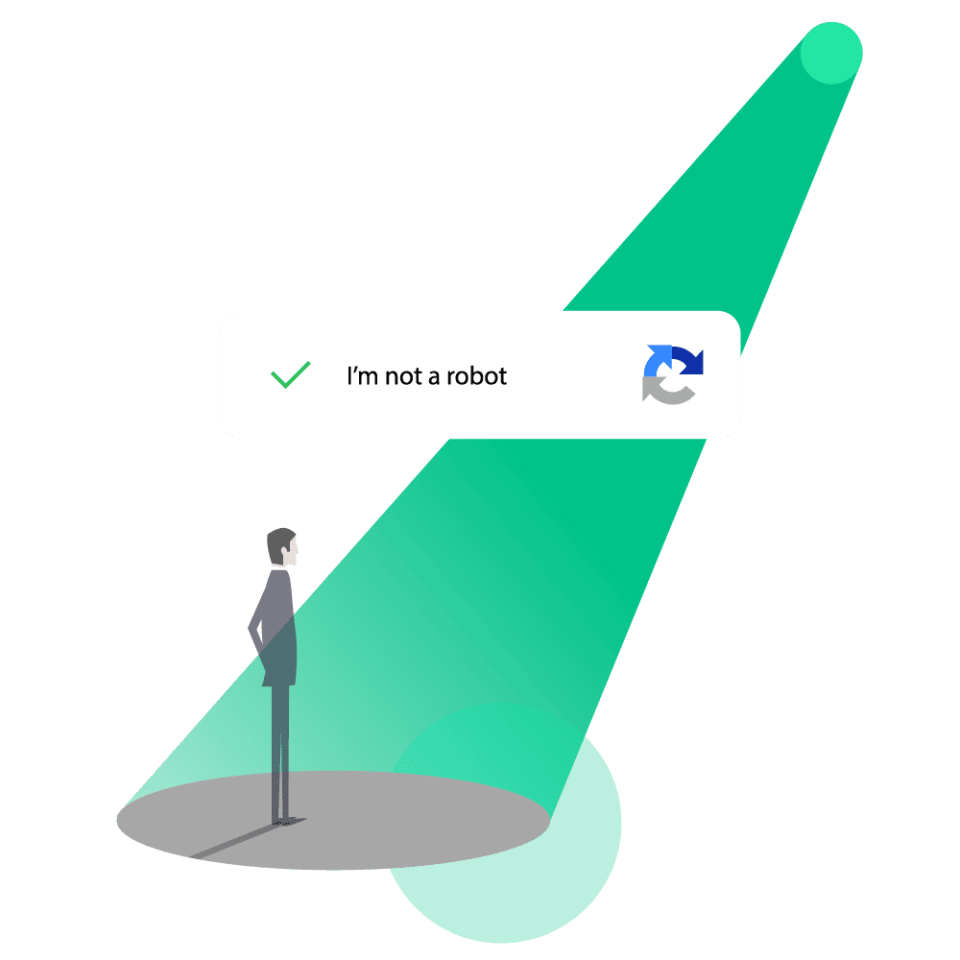How to Distinguish Great Talent in the Age of AI-Edited Applications
Benefits of AI in Recruitment
AI technologies in the hiring process can streamline and automate various aspects, reducing time and effort for HR professionals. AI brings efficiency by quickly and accurately processing large volumes of applicant data, allowing HR teams to focus on more strategic activities. It promotes objectivity by minimising bias and helps in making data-driven decisions through valuable insights and predictive analytics. Additionally, AI-enabled chatbots and virtual assistants enhance the candidate experience by providing prompt responses and improving communication.
Challenges and Concerns
While AI brings these benefits, it is important to address certain challenges. Bias and discrimination can inadvertently be amplified, and HR teams must be vigilant in monitoring and addressing potential bias in AI algorithms. The lack of human touch in AI processes may affect the candidate experience, and some candidates may prefer human interaction and personal connection. HR teams must strike the right balance between AI-driven automation and maintaining a human touch. Skills and training in AI implementation are necessary for HR professionals to effectively utilise AI technologies. Data privacy and security must also be ensured to protect candidate information.
Request Work Samples or Portfolios along with the CV
To assess a candidate’s true capabilities, it is crucial to request work samples, examples, or portfolios. These tangible representations of a candidate’s skills and expertise provide concrete evidence of their abilities beyond the claims made in their application materials. By reviewing authentic work, HR teams can gain valuable insights into a candidate’s potential.
Utilise Skill-based Assessments and Tests
Incorporating skill-based assessments and tests into the hiring process adds objectivity to evaluate a candidate’s abilities. Tailoring these assessments to specific job requirements allows HR teams to measure competency in areas such as problem-solving, critical thinking, technical skills, or industry-specific knowledge. By focusing on practical assessments, HR teams can identify candidates who can effectively apply their skills in real-world scenarios.
Conduct In-depth Interviews
While AI tools can create impressive cover letters and CVs, they cannot replicate the live interaction that interviews provide. Face-to-face or video interviews enable HR professionals to assess a candidate’s communication skills, personality, and cultural fit. By delving deeper into their experiences, motivations, and problem-solving abilities, HR teams can gather valuable insights beyond the edited application materials.
Focus on Soft Skills and Emotional Intelligence
Soft skills and emotional intelligence play a pivotal role in evaluating candidates, which AI tools currently cannot encompass. Assessing a candidate’s ability to collaborate, communicate, adapt, and demonstrate empathy is crucial for determining their fit within the organisation and their potential to contribute positively to the team dynamic. Consider incorporating behavioural interviews or situational judgment tests to evaluate a candidate’s soft skills.
Ensure Cultural Fit and Values are Aligned
Evaluating cultural fit and values alignment is essential for determining the long-term success of a candidate within an organisation. HR teams should assess how well a candidate’s values align with the company’s culture, mission, and core beliefs. This can be achieved through targeted questions, scenarios, or assessments that help gauge a candidate’s alignment with the company’s values and their potential to thrive in the organisation’s environment.
Verify Claims and Conduct Background Checks
To ensure the accuracy of the information provided by candidates, HR teams should conduct thorough background checks and verify the claims made in their application materials. This includes checking references, employment history, educational qualifications, and certifications. While AI-edited cover letters and CVs may be impressive, verifying the authenticity of the claims can help validate a candidate’s qualifications and experiences.
Engage Multiple Stakeholders in the Evaluation Process
To gain a comprehensive perspective on a candidate’s suitability, involving multiple stakeholders in the evaluation process is beneficial. Representatives from different departments or teams who will interact with the candidate directly can provide diverse perspectives. By incorporating various viewpoints, HR teams can ensure a more well-rounded assessment of a candidate’s skills, cultural fit, and potential for success.

In an era where AI tools can manipulate application materials, HR teams must adapt their evaluation methods to distinguish great talent effectively. While introductory application materials can be manipulated, adding additional layers of assessment techniques will provide further valuable insights into an individual’s skills, character and experience.
At r10, we understand the challenges of finding the right talent for niche roles and requirements. If you need assistance acquiring the best talent in the Insurance, Change, Transformation, and Technology space, our Talent Placement Solutions can provide the required expertise and industry knowledge. Contact r10’s Talent team to learn more about our Talent Placement Solutions.


